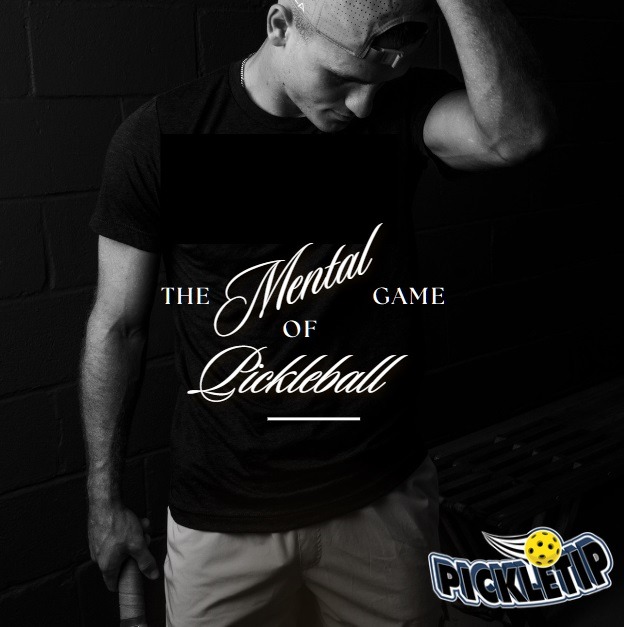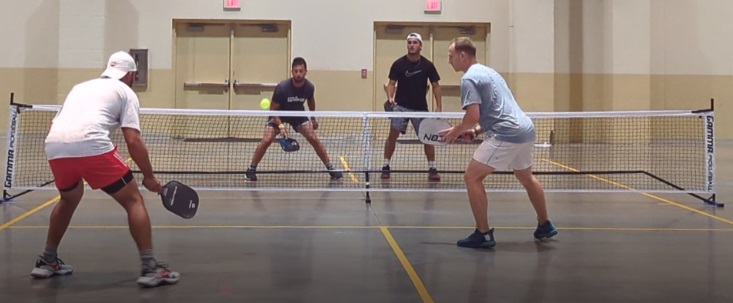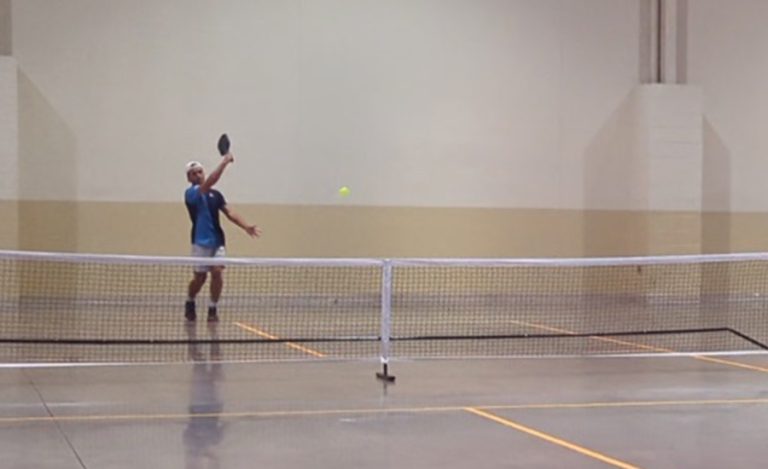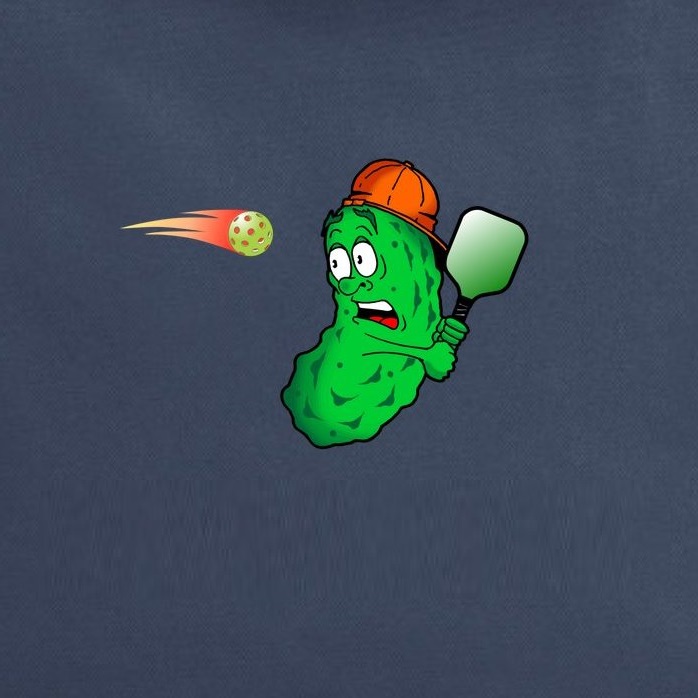Quick Hands in Pickleball
Mastering Quick Hands in Pickleball
Quick hands are the secret sauce that can transform your pickleball game from good to great. In this guide, we will dive into how you can develop quick hands in pickleball and become a formidable opponent at the kitchen line.
1. Find Your Perfect Ready Position
It all starts with your stance. A solid ready position is your foundation. Stand with a wide base, hips back, and knees bent. Keep your back straight and your paddle in front, tilted slightly towards the backhand side. This stance will keep you stable and ready to spring into action.
2. Paddle Up and Properly Aligned
Your paddle is your best friend in pickleball. Keep it up and properly aligned, with the tip pointing at 11 o’clock for right-handers. This position protects you from body shots and allows for efficient volleys. Watch out for paddle drift and always keep the tip aligned with your body’s center.
3. Compact Your Swing
A compact swing is key to quick hands. Avoid big swings that take your paddle too far from the ready position. Instead, focus on tight, controlled movements with minimal follow-through. Keep your elbow close to your body for a compact and efficient swing.
4. Anticipate Your Opponent’s Moves
Anticipation is a game-changer in pickleball. Train yourself to read your opponent’s body position, experience, and court position to predict their next move. This skill takes time to develop, but it’s worth the effort. Anticipating shots allows you to position your paddle correctly and respond with lightning-fast reflexes.
5. Strategy in Hand Battle Exchanges
When you find yourself in a hand battle at the net, remember that it’s not always about power. Focus on hitting firm, blocked volleys that force your opponent to hit from below the net. This strategy will give you the upper hand and leave your opponent scrambling to return your shots.
6. Practice Makes Perfect
Now that you have the tips for developing quick hands in pickleball, it’s time to put them into practice. Grab a partner and hit the courts. Start with slow volleys and gradually increase the pace as you get comfortable. Remember to keep your movements compact and your paddle ready. With consistent practice, you’ll see a significant improvement in your hand speed and overall game.
Quick Hands in Pickleball Drills
- Beginner Drills Start with basic drills that focus on hand-eye coordination and proper technique. As you progress, gradually increase the speed and complexity of the drills.
- Intermediate Drills Introduce more challenging drills that incorporate movement and strategy. Focus on improving your reaction time and agility.
- Advanced Drills For advanced players, focus on high-intensity drills that simulate game-like situations. Incorporate mental strategies to anticipate opponents’ moves and make quick decisions.
Off-Court Exercises and Activities for Quick Hands in Pickleball
Incorporate suggestions for off-court exercises or activities that can indirectly contribute to improving hand speed, agility, and reaction time. Here are some examples:
- Strength Training Include exercises that focus on building strength in the arms, shoulders, and core. This will improve your power and stability on the court.
- Agility Ladder Use an agility ladder to improve your footwork and coordination. This will help you move more efficiently on the court and react quickly to your opponent’s moves.
- Yoga and Meditation Practice yoga and meditation to improve your flexibility, balance, and mental focus. This will help you stay calm and composed under pressure.
Mental Conditioning Strategies
Address the mental aspect of quick hands by discussing techniques for staying focused, anticipating opponents’ moves, and maintaining composure under pressure. Here are some examples:
- Visualization Practice visualization techniques to mentally prepare for games and improve your focus. Imagine yourself successfully executing quick hand movements and reacting to your opponent’s moves.
- Positive Self-Talk Use positive self-talk to boost your confidence and stay focused during games. Remind yourself of your strengths and abilities, and use affirmations to stay positive.
- Game Analysis Analyze your past games and identify areas for improvement. Use this information to develop strategies for anticipating your opponent’s moves and reacting quickly.
Quick Hands in Pickleball FAQs:
How do you get faster hands for pickleball?
Practice drills that focus on compact strokes, anticipation, and strategy in hand battle exchanges. Incorporate weights and bands into your training to develop fast power for counter punches.
How do you improve net play in pickleball?
Focus on keeping your paddle up and properly aligned, maintaining a good ready position, and practicing high-speed volley exchanges with a partner.
How to improve hand speed in pickleball?
Practice drills that focus on compact strokes, anticipation, and strategy in hand battle exchanges. Incorporate weights and bands into your training to develop fast power for counter punches.
Drills to improve hand speed in pickleball?
Practice wall drills, where you hit the ball against a wall, starting close and gradually moving back as you improve. This helps build muscle memory and reflexes for fast-paced hand battles.
Exercises to improve hand speed in pickleball?
Incorporate weights and resistance bands into your training regimen. These tools can help you develop the fast power needed for quick counter punches.
Pickleball tips for faster hands?
Maintain a good ready position, keep your paddle up and properly aligned, and practice drills that focus on compact strokes and anticipation.
Secrets to faster hands in pickleball?
The secret is in the anticipation. Train yourself to read your opponent’s body position and court position to predict their next move. This skill takes time to develop, but it’s worth the effort.
How to develop quick hands for pickleball?
Practice drills that focus on compact strokes, anticipation, and strategy in hand battle exchanges. Incorporate weights and bands into your training to develop fast power for counter punches.
More FAQs for Quick Hands in Pickleball:
How to improve quickness for pickleball?
Practice drills that focus on compact strokes, anticipation, and strategy in hand battle exchanges. Incorporate weights and bands into your training to develop fast power for counter punches.
How to get faster reflexes for pickleball?
Practice wall drills, where you hit the ball against a wall, starting close and gradually moving back as you improve. This helps build muscle memory and reflexes for fast-paced hand battles.
How to improve hand-eye coordination for pickleball?
Practice drills that focus on tracking the ball and making contact at the right time. Wall drills can be particularly helpful for improving hand-eye coordination.
How to get faster reaction time for pickleball?
Practice drills that focus on anticipation and reading your opponent’s body position. This will help you react faster to their shots.
How to improve agility for pickleball?
Incorporate agility drills into your training regimen. These drills can help you develop the quick footwork needed to move efficiently around the court.
How to improve movement for pickleball?
Incorporate agility drills into your training regimen. These drills can help you develop the quick footwork needed to move efficiently around the court.
Mastering Quick Hands in Pickleball: Final Thoughts
Quick hands are essential to excelling in pickleball, especially when it comes to dominating the kitchen line. By practicing the techniques and strategies outlined in this guide, you’ll develop the quick hands needed to become a formidable opponent on the court. Remember, consistency is key, so make sure to practice regularly and always be ready to adapt and improve your game. Here’s to mastering quick hands in pickleball!







